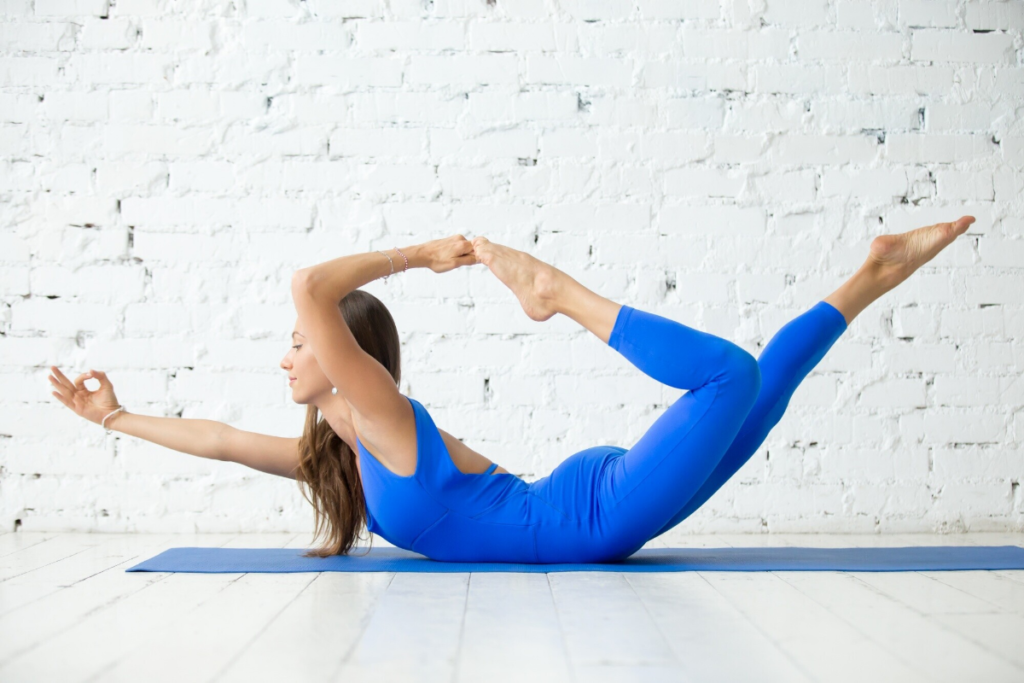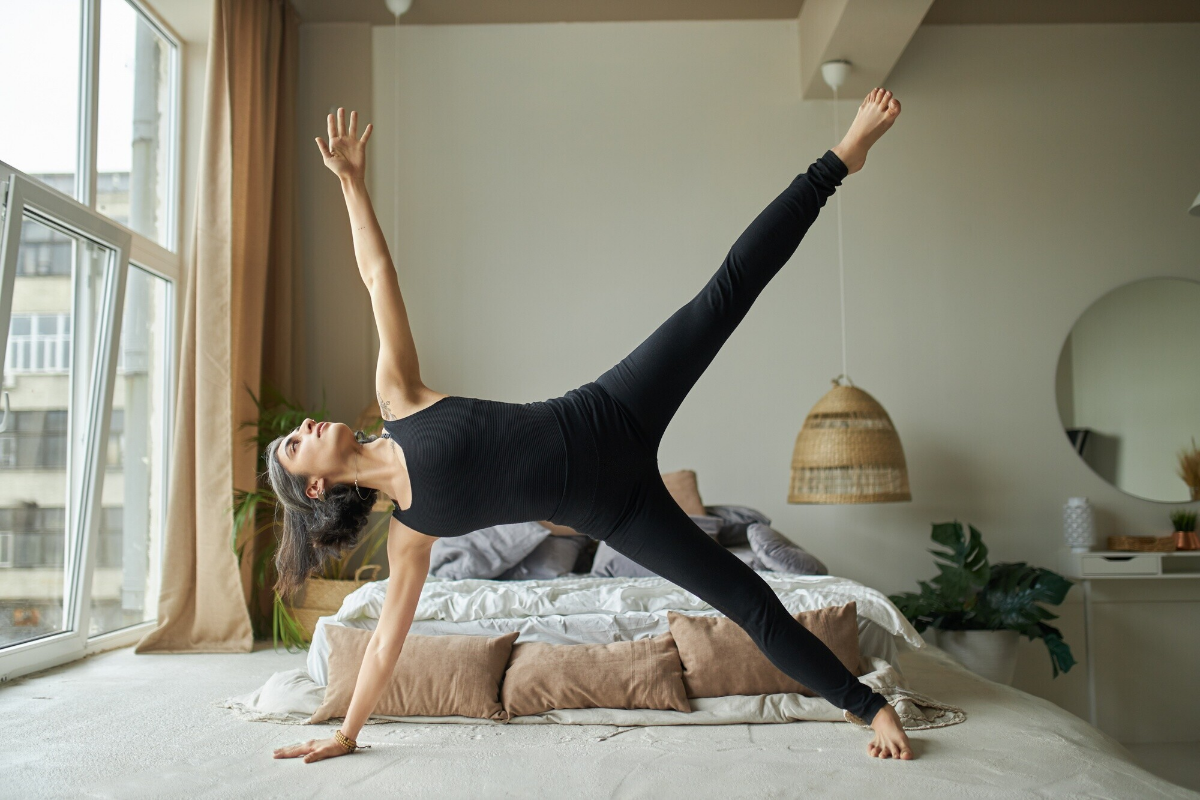Introduction
Core Power Yoga is a dynamic and invigorating style of yoga that emphasizes physical fitness, mental clarity, and inner strength. This modern approach to traditional yoga blends the physical aspects of strength training with the spiritual benefits of yoga, creating a balanced practice that enhances overall well-being. In this article, we will explore the origins, principles, benefits, and key practices of Core Power Yoga, offering a comprehensive guide for those looking to incorporate this powerful practice into their fitness routine.
Origins of Core Power Yoga
Core Power Yoga was developed in the early 2000s by Trevor Tice, who founded the CorePower Yoga studio in Denver, Colorado. Tice, a fitness enthusiast and entrepreneur, was inspired by the transformative power of yoga and sought to create a practice that combined the physical intensity of core training with the mindfulness and spiritual grounding of traditional yoga. The result was Core Power Yoga, a practice that quickly gained popularity for its ability to sculpt the body, calm the mind, and empower the spirit.
Principles of Core Power Yoga
1. Physical Intensity
One of the defining characteristics of Core Power Yoga is its focus on physical intensity. Classes are designed to be challenging, incorporating elements of strength training, cardio, and flexibility exercises. The goal is to build core strength, increase endurance, and enhance overall fitness through a series of dynamic, flowing movements.
2. Mindfulness and Breath
Despite its physical intensity, Core Power Yoga maintains a strong emphasis on mindfulness and breath awareness. Practitioners are encouraged to connect with their breath, using it as a tool to enhance concentration, deepen stretches, and maintain a sense of calm and focus throughout the practice.
3. Balance and Flexibility
Core Power Yoga aims to create a balanced body and mind. The practice includes a variety of poses and sequences that target different muscle groups, promote flexibility, and improve overall body alignment. By balancing strength and flexibility, Core Power Yoga helps prevent injury and enhances physical performance in other activities.
4. Personal Empowerment
At its core, Core Power Yoga is about personal empowerment. The practice encourages individuals to push their physical and mental limits, fostering a sense of inner strength and resilience. Through consistent practice, practitioners develop greater self-confidence, mental clarity, and emotional stability.
Benefits of Core Power Yoga
1. Improved Core Strength
As the name suggests, Core Power Yoga places a strong emphasis on building core strength. The practice includes a variety of poses and sequences that target the abdominal muscles, lower back, and pelvic floor, helping to create a strong and stable core. Improved core strength can enhance overall physical performance, prevent injury, and support a healthy posture.
2. Enhanced Flexibility
Core Power Yoga incorporates a wide range of poses that promote flexibility in the muscles and joints. The dynamic flow of the practice helps to lengthen and stretch the body, improving overall flexibility and range of motion. Enhanced flexibility can reduce the risk of injury, alleviate muscle tension, and improve physical performance.
3. Increased Endurance
The physically demanding nature of Core Power Yoga helps to build cardiovascular endurance and muscular stamina. The practice often includes sequences of poses performed in rapid succession, elevating the heart rate and challenging the muscles. Over time, practitioners can experience improved endurance, increased energy levels, and enhanced physical fitness.
4. Mental Clarity and Focus
Core Power Yoga combines physical intensity with mindfulness and breath awareness, helping to cultivate mental clarity and focus. The practice encourages practitioners to stay present in the moment, using their breath to maintain concentration and calm the mind. This can lead to improved mental clarity, reduced stress, and enhanced overall well-being.
5. Stress Reduction
The combination of physical exertion and mindfulness in Core Power Yoga can have a profound impact on stress reduction. The practice encourages the release of tension in the body, promotes relaxation, and helps to balance the nervous system. Practitioners often report feeling more relaxed, centered, and emotionally balanced after a Core Power Yoga session.
6. Weight Management
Core Power Yoga can be an effective tool for weight management. The physically demanding nature of the practice helps to burn calories, build lean muscle mass, and boost metabolism. Consistent practice can support healthy weight loss, improve body composition, and enhance overall physical fitness.
Key Practices in Core Power Yoga

1. Vinyasa Flow
Vinyasa Flow is a fundamental component of Core Power Yoga. This style of yoga involves a dynamic sequence of poses performed in a flowing, continuous movement, synchronized with the breath. Vinyasa Flow helps to build strength, increase flexibility, and enhance cardiovascular endurance. The fluid transitions between poses create a sense of rhythm and grace, promoting physical and mental harmony.
2. Power Yoga
Power Yoga is a more vigorous form of yoga that focuses on building strength and stamina. Core Power Yoga often incorporates elements of Power Yoga, including challenging poses and sequences that target different muscle groups. Power Yoga helps to build lean muscle mass, increase endurance, and enhance overall physical fitness.
3. Core-Focused Exercises
Core Power Yoga places a strong emphasis on core-focused exercises. These exercises target the abdominal muscles, lower back, and pelvic floor, helping to create a strong and stable core. Core-focused exercises in Core Power Yoga often include poses like plank, boat pose, and various abdominal crunches and twists.
4. Mindfulness and Breath Work
Mindfulness and breath work are integral components of Core Power Yoga. Practitioners are encouraged to connect with their breath, using it as a tool to enhance concentration, deepen stretches, and maintain a sense of calm and focus throughout the practice. Breath work techniques, such as ujjayi breath, are often used to synchronize movement with breath, creating a meditative and grounding experience.
5. Balance and Stability Poses
Core Power Yoga includes a variety of balance and stability poses that challenge the body and mind. These poses help to improve coordination, enhance balance, and build strength in the stabilizing muscles. Balance and stability poses often include tree pose, warrior III, and various single-leg balancing poses.
6. Flexibility and Stretching Poses
Flexibility and stretching poses are an important part of Core Power Yoga. These poses help to lengthen and stretch the muscles, improve range of motion, and promote overall flexibility. Common flexibility and stretching poses in Core Power Yoga include forward bends, hip openers, and spinal twists.
How to Get Started with Core Power Yoga
1. Find a Qualified Instructor
To get started with Core Power Yoga, it is important to find a qualified instructor who can guide you through the practice. Look for instructors who are certified and have experience teaching Core Power Yoga. A qualified instructor can help ensure that you are practicing safely and effectively, and can provide modifications and adjustments to suit your individual needs.
2. Start with Beginner Classes
If you are new to Core Power Yoga, it is recommended to start with beginner classes. These classes are designed to introduce the fundamental principles and poses of Core Power Yoga, and provide a solid foundation for your practice. As you become more comfortable and confident, you can progress to more advanced classes and sequences.
3. Listen to Your Body
One of the most important principles of Core Power Yoga is to listen to your body. Practice mindfully and pay attention to how your body feels in each pose. Avoid pushing yourself beyond your limits, and always honor your body’s needs and limitations. If you experience pain or discomfort, modify the pose or take a break as needed.
4. Practice Consistently
Consistency is key to experiencing the benefits of Core Power Yoga. Aim to practice regularly, whether that means attending classes a few times a week or incorporating shorter home practices into your routine. Consistent practice can help you build strength, increase flexibility, and enhance overall well-being.
5. Stay Hydrated
Core Power Yoga can be physically demanding, and it is important to stay hydrated before, during, and after your practice. Drink plenty of water to keep your body hydrated and support optimal performance and recovery.
6. Wear Comfortable Clothing
Wear comfortable, breathable clothing that allows for a full range of motion. Choose clothing that wicks away moisture and provides support where needed. A good-quality yoga mat with adequate cushioning and grip is also essential for a comfortable and safe practice.
Conclusion
Core Power Yoga is a dynamic and empowering practice that combines the physical intensity of strength training with the mindfulness and spiritual grounding of traditional yoga. By emphasizing core strength, flexibility, balance, and mindfulness, Core Power Yoga offers a holistic approach to physical and mental well-being. Whether you are looking to build strength, reduce stress, or enhance your overall fitness, Core Power Yoga can be a transformative and rewarding practice. By incorporating the principles and practices of Core Power Yoga into your routine, you can unleash your inner strength, improve your physical health, and cultivate a deeper sense of mental clarity and emotional balance

